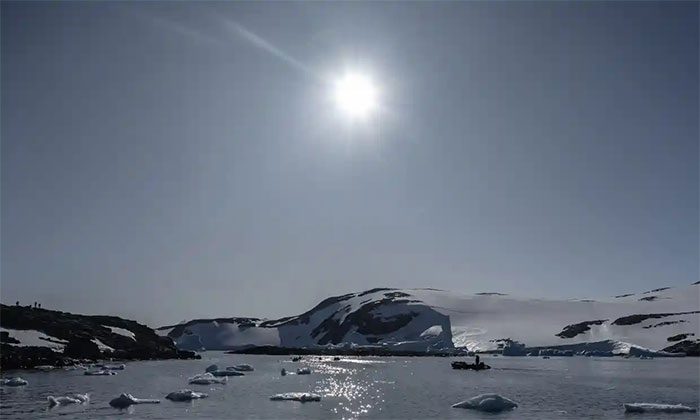On November 13, the Commonwealth Scientific and Industrial Research Organisation (CSIRO) announced that in the coming days, Australian scientists will embark on a research voyage to study the impacts of climate change on the world’s strongest ocean current.

Antarctic deep ocean currents are slowing down. (Photo: Getty Images).
A team of scientists will participate in a month-long research expedition aboard the Investigator to assess the role of the Antarctic Circumpolar Current in the melting of ice shelves in this region. In addition to researchers from CSIRO, experts from the Antarctic Partnership Program Initiative funded by the Australian Government will also be involved in the project.
The Antarctic Circumpolar Current is a clockwise-flowing ocean current that moves from west to east around the continent, regarded as the strongest current in the world. CSIRO chief scientist Benoit Legresy stated that this current typically acts to prevent warm water from flowing to Antarctica and melting ice; however, warm water has now reached this area. Researchers aim to understand the eddies and dynamics created by the Antarctic current, which are believed to be the primary reason for warm water seeping toward Antarctica.
According to Legresy, there are up to five heat-transporting eddies, also referred to as “hot spots”, surrounding the Antarctic Circumpolar Current, acting as “gateways” for heat transfer to the south. The researchers’ task is to locate and study these gateways to provide answers to the phenomenon of warm water flowing toward Antarctica.
Moreover, through this journey, researchers will have the opportunity to verify the images of the Southern Ocean captured by the Surface Water and Ocean Topography (SWOT) satellite. This satellite was launched in collaboration between the National Aeronautics and Space Administration (NASA) and the French National Centre for Space Studies in December 2022.



















































